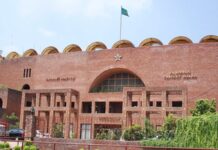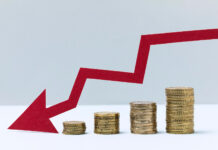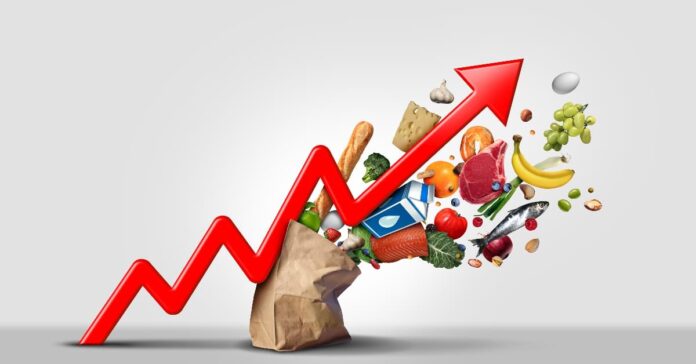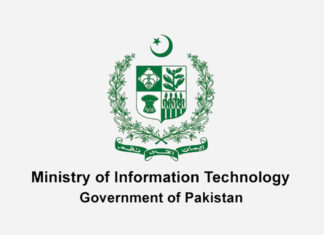Headline inflation in Pakistan is expected to increase to 2.7% year-on-year in May 2025, up from the 0.3% recorded in April, according to projections by brokerage firm JS Global. The uptick marks a shift as the sharp base effect that had suppressed earlier inflation readings begins to wane.
Data from the Pakistan Bureau of Statistics (PBS) had shown that inflation stood at just 0.3% in April 2025, down from 0.7% in March. This trend followed an extended period of high inflation last year, which peaked at 38% in May 2023—the highest reading since July 1965 when comparable data became available.
JS Global noted that with the base effect wearing off, inflation figures are beginning to reflect more standard pricing trends. The brokerage estimates that the average inflation for the first 11 months of FY25 will settle around 4.7%, significantly lower than the 24.9% average recorded during the same period in FY24.
For May specifically, food inflation is projected to rise by 1.4% year-on-year, reversing the 0.2% decline recorded in the same month last year. Meanwhile, the housing, gas, and electricity component is expected to decline by 3.3% on a year-on-year basis and 2% on a month-on-month basis, attributed largely to a reduction in electricity tariffs during May.
Core inflation—which excludes volatile food and energy prices—is estimated to remain elevated, hovering around 9% year-on-year in April.
On the monetary policy front, JS Global highlighted that the State Bank of Pakistan (SBP) had cut the policy rate by 100 basis points to 11% in its last Monetary Policy Committee (MPC) meeting. This was the seventh reduction in the ongoing easing cycle, bringing the total cut to 1,100 basis points from the peak rate of 22%.
Given the lower-than-anticipated inflation figures, the brokerage noted that there remains room for further rate cuts. The SBP’s next MPC meeting is scheduled for June 16, 2025, where the central bank is expected to reassess its policy stance in light of updated inflation data.
























